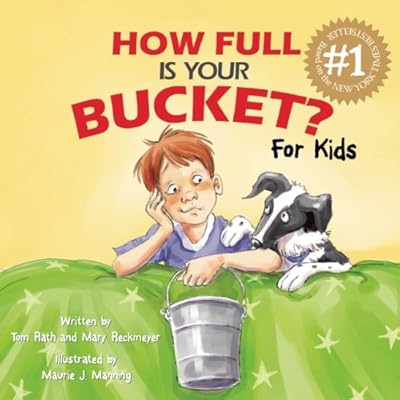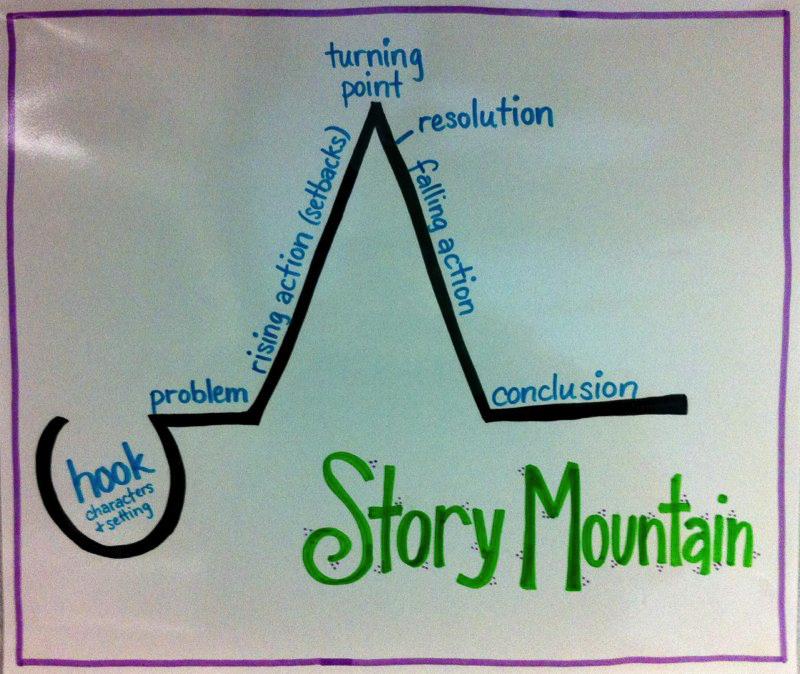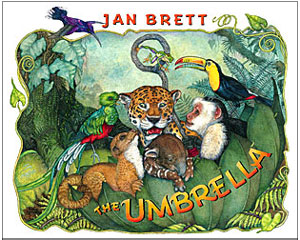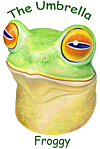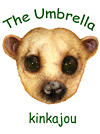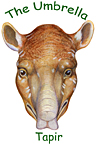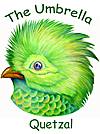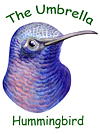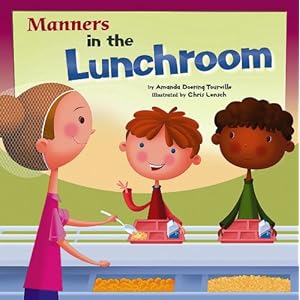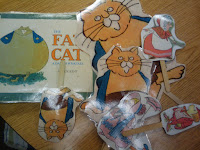In the book This School Year Will Be the Best is about students on the first day of school being asked to share what they would most like to have happen during the school year. The responses range from having a skateboard day to not wanting to be a vegetable in the school play. At the end of the story the students get to draw their day and as the story comes to a close the students think that this will be best school year yet!

A Bad Case of Tattle Tongue is a great story to read the first week of school. You can use this story as a springboard into the difference between tattling and telling in your classroom and the consequences for constant tattling. Not only does this book have a great lesson but the kids will love the story!
The Night Before First Grade is a wonderful story that is told in rhyme (as all the "Night Before" books are) and deals with the realities of being nervous on your first day of school.
Penny is very excited and nervous for her first day of first grade and is okay knowing that her best friend will be with her, until she gets to school and realizes that her best friend is in another class. As the day comes to a close Penny has had a great day in first grade and overcame her first grade jitters!
Big Bad Bruce is one big bad bully. This story is about Bruce, a bully that likes to pick on things that are smaller than he is, until the day he meets Roxy the witch. Roxy teaches Bruce a valuable lesson about being a big mean bully.
This is another great book that can lead to a class discussion on being mean or a bully and the consequences of such behavior.
Mean Jean is the recess queen and nobody is allowed to do anything until she does. This book gives wonderful examples of how not to behave on the playground, and let's face it we have all come across a "Mean Jean" at least once in our life. This story will be a great lead into talking about playground rules and consequences for "Mean Jean" types of behavior.
Stand Tall Molly Lou Melon is a delightful story about a little girls determination to prove that she can do anything she sets her mind to, despite all the teasing and put downs. This book is great for the start of school because after reading it you can talk about determination and what that means to your students when it comes to doing something a that might be too difficult for them. If Molly Lou Melon can do it, so can they!
Mind Your Manners In School is a collection of stories about all different kinds of behaviors and manners that are appropriate for school. Stories such as friendship, sharing, how to borrow and picking up your things after working. The best one is being quiet when the teacher is giving a lesson :) With this book you are sure to find a story for a behavior or situation that needs to be addressed in your room.
What's in a name? Everything - meaning, tradition, heritage, honor and sometimes shame. Your name is who you are and when this little girl is afraid to tell her Korean name, one little boy in her class finds out her name and its beautiful meaning and talks her into keeping that name and not any of the names in the name jar. This is a great story for the start of school. You can have your students find out what their name means or why their parents picked the name they did. You can talk about how you are uniquely you and your name is part of what makes you unique and special.
All little boys and girls want to have what everyone else has. This story, Those Shoes helps show that not everyone gets to have the newest "thing" and there is a big difference between "want" and "need". This book can lead to great discussions on acceptance - being friends with someone even if they don't have the newest "thing" and what it means to need something as opposed to wanting something.
Reading Makes You Feel Good, isn't that such a true statement! This is a great book to kick off the school year with just to show your students how important reading is going to be and how it can make them feel good. Showing the kids how reading can be a positive in their life rather than a burden they will (hopefully) have a good year reading and exploring their books.









